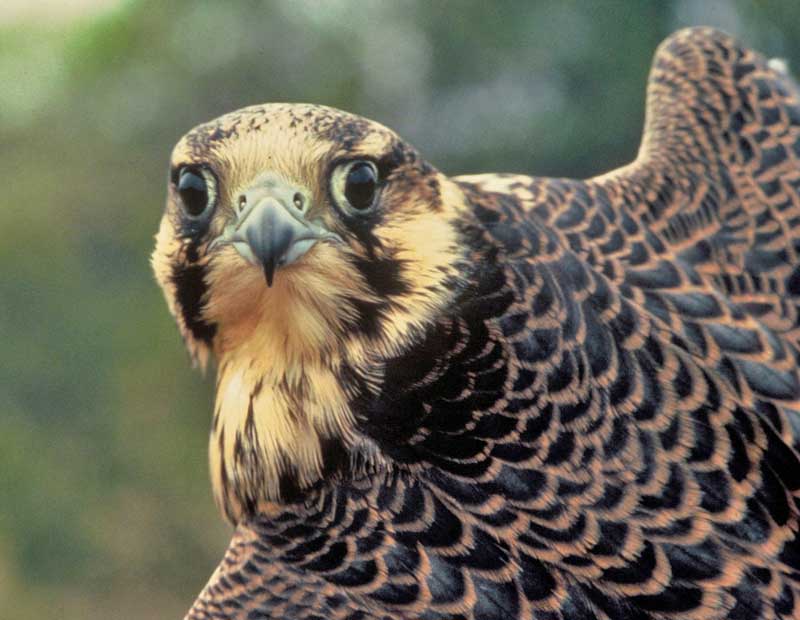
From Staff Reports
A free public program on Thursday will give the public a chance to find out the latest news about Grand Teton National Park wildlife, with a focus on species whose home ranges are in Jackson Hole.
Steve Cain, senior wildlife biologist for Grand Teton, will provide a recap and overview of the current status of several wildlife species that occupy home ranges in Grand Teton National Park and the John D. Rockefeller, Jr. Memorial Parkway, according to the park’s pubic affairs office.
Cain’s audio-visual program offers a good opportunity to learn about the fascinating creatures that populate the Jackson Hole landscape.
This free public program starts at 6:30 p.m. Thursday, Oct. 25 in the Craig Thomas Discovery and Visitor Center auditorium at Moose. Space in the 155-seat auditorium will be on a first-come, first-served basis.
As the senior wildlife biologist for Grand Teton National Park and the John D. Rockefeller, Jr. Memorial Parkway, Cain has directed wildlife conservation, research, and management programs since 1989.
Cain’s work in Jackson Hole has included detailed studies of elk, bison, bighorn sheep, black bears, grizzly bears, wolves and birds of prey.
He has also collaborated on dozens of projects in the private sector, academia and other government organizations, including international assignments in Mexico and Mongolia.
In previous positions Cain coordinated peregrine falcon reintroduction programs for the National Park Service’s Rocky Mountain Region, studied bald eagles, peregrine falcons, and other birds throughout Alaska for the U.S. Fish and Wildlife Service, worked as a bear biologist in Yosemite National Park, and researched native salmon and steelhead populations for the State of Oregon.
He has received numerous awards for his work in wildlife conservation, authored or co-authored dozens of scientific publications on wildlife ecology, is professionally certified as a wildlife biologist by The Wildlife Society and has been featured in a variety of internationally distributed media.
